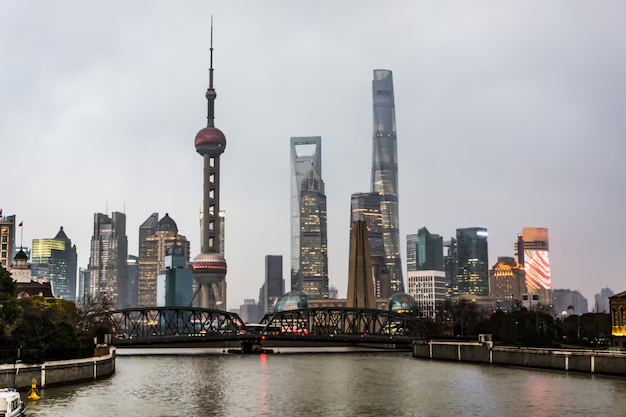The global tourism source market was valued at $599.40 billion in 2022 and is projected to grow to $1.1 trillion by 2032, with an anticipated compound annual growth rate (CAGR) of 6.6% between 2023 and 2032.
Tourism refers to the act of traveling to different locations for leisure, recreation, or business purposes. It involves exploring various destinations, attractions, and cultural landmarks beyond one’s usual surroundings. Tourism encompasses a wide range of activities, from sightseeing and experiencing natural landscapes to participating in adventure sports, immersing in different cultures, attending local events, or simply relaxing at resorts and vacation spots.
Tourism is not only about travel for fun or leisure, but also involves the organization, management, and promotion of tourism activities and services. It is a social, cultural, and economic phenomenon that occurs when individuals journey to foreign countries or regions outside their usual environment for personal, professional, or business reasons.
The global travel and tourism industry has demonstrated remarkable resilience, particularly in emerging eco-tourism destinations. Iceland, Kenya, Palau, and Nepal have become key hotspots, leading the trend in eco-friendly tourism. In 2018, Nepal recorded a 24% rise in visitors, with a total of 1,173,072 tourists by the year’s end. Kenya also saw impressive growth, with a 37% increase, surpassing two million tourist arrivals in 2018. Similarly, destinations like Costa Rica, the Galapagos Islands, and Panama are becoming prime attractions for eco-tourism. Ethiopia has gained momentum by focusing on niche tourism that emphasizes the country’s historical, natural, and cultural assets. Wildlife tourism, birdwatching, coral reefs, and untouched natural landscapes such as the Amazon rainforest are increasingly drawing travelers to developing nations worldwide.
However, challenges such as limited accessibility, inadequate lodging options, and insufficient infrastructure can hinder the growth of the tourism sector in certain locations. Poor accessibility, including limited transportation options or a lack of airports or seaports, can make it difficult for tourists to reach their destinations. Inadequate accommodation facilities may result in substandard or overpriced lodging, diminishing the destination’s appeal. The absence of supporting infrastructure for attractions like parks, museums, and cultural centers can also detract from the overall tourist experience. Additionally, poorly maintained infrastructure, such as roads and bridges, can pose safety risks, further reducing demand for tourism in the region.
The growing interest in exploring new destinations, both within countries and internationally, has led to a surge in demand for tourism services. This increased enthusiasm for travel, coupled with a rising trend in recreational activities, is expected to further boost the tourism market in the coming years.
This trend is reflected in the growing number of tourists visiting national parks, historic landmarks, and cultural events. In recent years, more travelers have shown interest in uncovering lesser-known places and unique experiences, such as ecotourism, adventure travel, and cultural immersion. To cater to this demand, the tourism industry has introduced new products and services aimed at these specialized markets, contributing to its expansion. Additionally, the widespread use of social media platforms has made it easier for travelers to share their adventures, inspiring others to embark on similar journeys.
Market Segmentation
The tourism source market is divided into different segments based on booking methods, traveler categories, and geographic regions. In terms of booking methods, the market includes options such as websites, mobile apps, travel agencies, and other channels. Traveler categories are divided into solo travelers, group travelers, and other types. Geographically, the Tourism Source Market Analysis covers North America (U.S., Canada, and Mexico), Europe (including the UK, Germany, France, Italy, Spain, Russia, Sweden, Netherlands, Denmark, Poland, and other European countries), Asia-Pacific (covering China, Japan, India, Australia, South Korea, Thailand, Malaysia, Singapore, Indonesia, New Zealand, and other Asia-Pacific countries), and LAMEA (Brazil, Argentina, South Africa, Saudi Arabia, Egypt, UAE, and other LAMEA nations).
Key Insights
In terms of booking methods, mobile apps held the largest share of the tourism source market in 2022 and are expected to continue leading throughout the forecast period.
Regarding traveler categories, the group travel segment was the leading market segment globally in 2022 and is projected to maintain its dominance in the coming years.
The post Global Tourism Source Market To Reach $1.1 Trillion By 2032, Fueled By 6.6% Annual Growth appeared first on Travel And Tour World.




Comment (0)